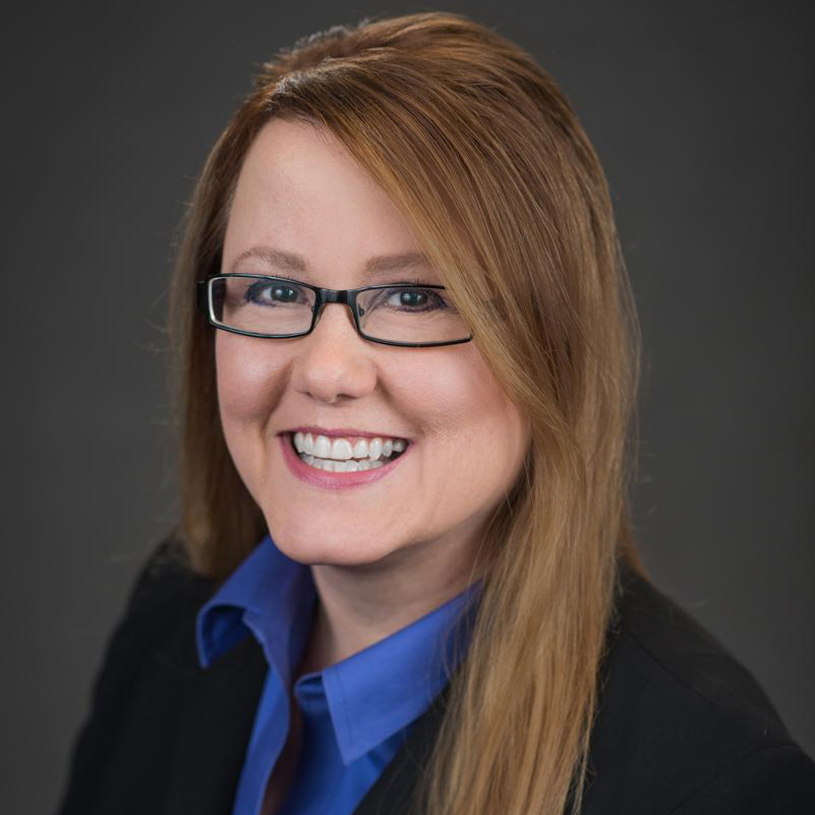
An expected future report from the Government Accountability Office could be of interest to senior living operators as care and service providers to older adults and as employers. So could a new report published by Wells Fargo.
The focus of both reports is on women, who, after all, make up the majority of caregivers in senior living, are the majority of residents, and are the adult children of residents most likely to be involved in decision-making for their parents.
The GAO report would aim to shed light on the gap in pay that exists between men and women and how that gap is affecting women’s ability to save for retirement — which in turn could affect their ability to afford senior living.
From 1960 to 2022, the participation of women in the US workforce grew by 19 percentage points, according to Labor Department statistics cited by the chair and four Democrat members of the Senate Special Committee on Aging who requested the report this week in a letter to GAO Comptroller General Gene L. Dodaro. The request came on Tuesday, Equal Pay Day, which marks the amount of time the average American woman must work to earn the same amount of money her male colleagues were paid in the previous calendar year.
As of 2019, women represented more than half of the workforce in health services and other industries, the senators said, citing Labor Department statistics.
“According to one analysis, women earned 82% of what men earned in 2022, a gap that has changed little in 20 years,” they wrote, adding that gap contributes to the fact that women aged 65 or more years have less retirement income than do men. “This is particularly troubling in light of the fact that women typically live longer than men, meaning they must pay for more years of retirement with less money than male retirees,” the senators said.
The lawmakers urged the GAO to investigate:
- The extent to which women report experiencing pay discrimination at work, and whether there are common themes and circumstances in their reported experiences.
- For those who believe they experienced pay discrimination, what they believe was the cause of the pay gap relative to male employees.
- For women of color, LGBTQ+ women and women living with disabilities, whether they believe they have experienced multiple forms of discrimination and, if so, whether they believe those”intersectional characteristics” resulted in a larger pay gap.
- The other factors women believe led to differing rates of pay, including occupational segregation and the devaluing of the work performed by marginalized populations. “Do they report that other earnings penalties associated with being disabled or being a woman (for instance the need to take time out of the labor market for caregiving or for medical treatment) affected their abilities to save for retirement?” the senators wondered.
- For those who believe they have experienced pay discrimination, how they believe it has affected their financial security in retirement.
Also of potential interest to senior living providers: a completed report released earlier this month by Wells Fargo, which shares that 52% of American women are single and that [t]he change is rippling across the economy and leaving a mark on the labor market, wealth and spending.”
Never-married women working full time earned 92.1% of what never-married men earned in 2022, down from 95.8% a decade prior, according to the report, titled “Party of One: How Single Women Stack Up in the U.S. Economy.” And single women’s lower earnings “create an uphill battle for single women to build wealth,” the authors said. They also noted that women are more likely than men to take on family caregiving duties, which could affect their pay.
Some good news in this study, however, is that “despite the challenges to building wealth, single women’s retirement preparedness has improved over the past few decades,” while men’s preparedness has declined, the report states.
Although the trend involving men is “unfavorable,” the authors said, “single women’s ability to prepare for retirement as effectively as married couples’ is a sign that the movement away from marriage does not have to carry a significant retirement penalty.”
Lois A. Bowers is the editor of McKnight’s Senior Living. Read her other columns here.



